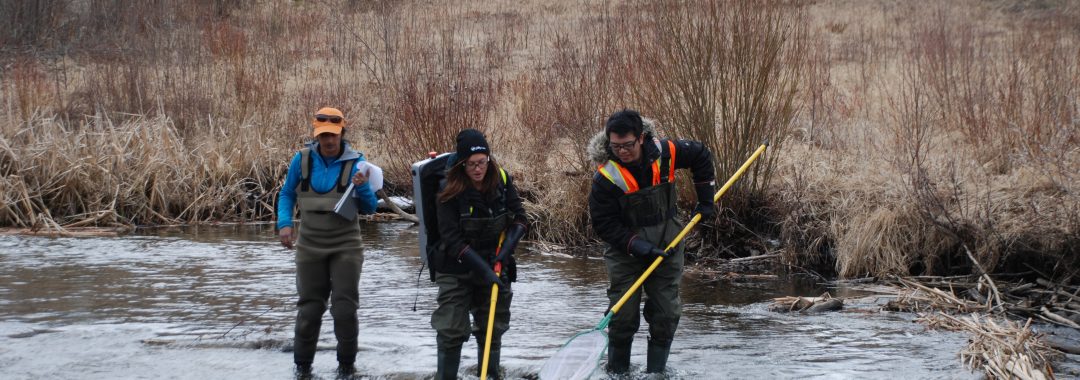Abstract:
Developing robust methodologies for sampling freshwater fishes is important for the assessment and recovery of aquatic biodiversity. Commonly, sampling protocols recommend the use of both electrofishing and seining to reduce bias when sampling freshwater fishes. The objective of this study was to determine whether sampling method, sampling order, or the combination of these influenced the assessment of diversity and abundance of common or rare freshwater fishes at both the species and assemblage level. Fifty sites were sampled in the Sydenham River, Ontario, Canada, where paired sites were sampled using both electrofishing and seine netting in close proximity but also reversing the initial sampling order. Differences in the abundance and richness of common and rare freshwater fishes were tested with two-way ANOVA and multivariate ANOVA. Multivariate differences in the representation of species assemblages were compared using Procrustes analysis across ordinations built using differences in sampling method and sampling order. Electrofishing outperformed seine netting for maximizing the abundance of both all species caught (P = 0.004) and only those species considered rare (P = 0.049). While capture efficiencies generally decreased with subsequent sampling, the interaction between sampling method and sampling order for maximizing richness estimates of rare species was significant (P = 0.049). There were important species and assemblage differences when sampling order was reversed. The representation of either sunfishes (family Centrarchidae) or catfishes (family Ictaluridae) differed in multivariate space, given different sampling order. In addition, the capture of Blackstripe Topminnow Fundulus notatus was enhanced when seine netting was used after electrofishing. This study highlights the often neglected aspect of choosing an appropriate sampling order when developing protocols for sampling freshwater fishes with multiple methods. Overall, the combination of electrofishing, followed by seine netting, appears to maximize capture efficiencies of both common and rare fishes; however, researchers should be aware that sampling order can alter the representation of species and assemblages in multivariate assessments.
Citation: Poesch, M.S. 2014. Developing standardized methods for sampling freshwater fishes with multiple gears: Effect of sampling order versus sampling method. Transactions of the American Fisheries Society 143: 353-362.
Also Read:

